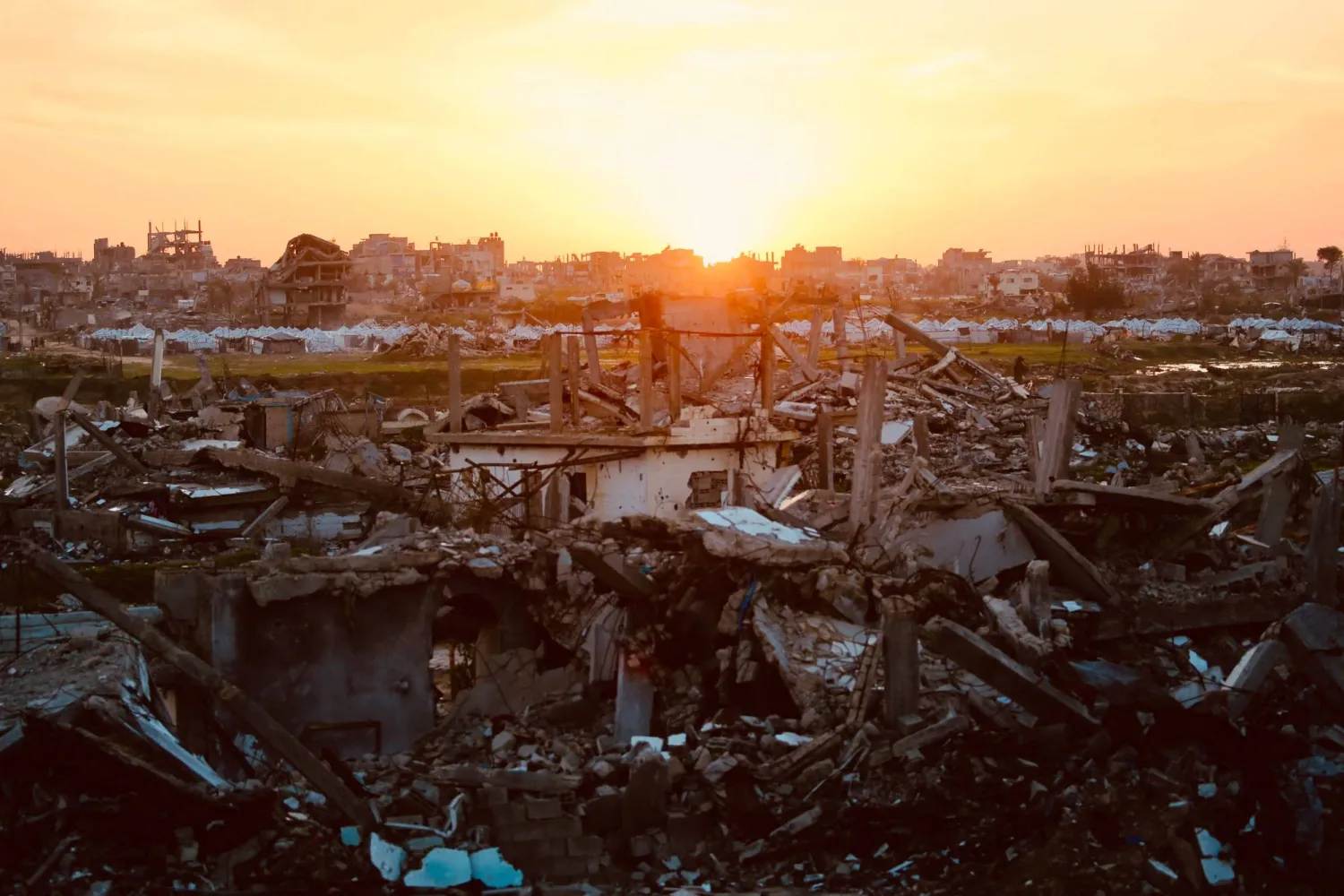Humanitarian and relief aid for the Syrian people has often been the subject of official and international attention, but the lengthy Syrian crisis provided the regime in Damascus with “skills and tools” to exploit the aid and prolong the crisis, according to a recent US report.
It stated that the international aid to Syria is at an "inflection point" with the number of needy Syrians on the rise, and Damascus continuing to use aid to reward its allies and punish its adversaries.
The recent study issued by the Center for Strategic International Studies (CSIS) in Washington, and prepared by a senior fellow in the Middle Eastern Program Natasha Hall, stated that the Syrian government has grown increasingly skilled at turning humanitarian assistance into a political instrument.
Consequently, global efforts to support the Syrian people increasingly have the effect of politically and financially strengthening the Syrian government, the same government that is responsible for the suffering of millions of Syrians and the exile of millions more.
The study considered that adding billions of dollars in aid to the current system will not save Syria; instead, it will entrench the government and “nefarious actors,” ensuring millions of Syrians, desperately in need of assistance, continue to suffer.
The Syrian government has succeeded in turning international concern for the “misery of its people” into a profit center. It skims, diverts, and redirects assistance to its own purposes, both in areas it controls and by shaping international access to areas it does not.
“As international donors increasingly seek to support Syria’s recovery, they do so without addressing the myriad evaluations and reports noting the systematic manipulation of the aid system. Humanitarian assistance has never been able to address problems that are essentially political. However, the limits of humanitarian assistance do not absolve aid agencies or donor governments from the need to understand the ways in which humanitarian aid influences the political environment and vice versa,” read the report.
The study advised that in order to have any leverage to operationalize humanitarian principles and maximize the gains of assistance for Syrians, donor governments must incorporate aid into a larger strategy for Syria and the region.
Donors have a responsibility to come together to shape a step-for-step process to ensure that aid gets to all those in need and not fall into the “hands of warlords.”
The research study warned that failing to do so will perpetuate instability, adding that the international response to Syria’s crisis needs to focus on four principle axes.
First, it said donors must make it a greater priority to understand where aid is going and to whom, and they need to conduct a rigorous and contextual evaluation of the challenges to assistance from the community to the country level.
Second, it advised donor governments with a stake in Syria should engage in more consistent and conscientious diplomacy and negotiations. They need to negotiate on behalf of the aid sector in northwestern and northeastern Syria, and they need to negotiate collectively with the Syrian government and outside powers to prevent interference in the aid response and secure ceasefires.
Third the report said humanitarian community must put a greater emphasis on resilience, which would improve communities’ abilities to withstand shocks to the emergency aid response. Such support is particularly important in the northwest and northeast, where millions of war-weary and displaced persons face bleak futures without this assistance.
Finally: Donors must work much harder on the facilitation of aid. While sanctions and counterterrorism measures serve an important purpose, not only can they hamstring the provision of assistance, but they often increase the power of sanctioned actors.
The report concluded by stating that “the Syrian government’s continued manipulation of humanitarian aid will entrench the deprivation and oppression that started the war, prolonging instability and displacement far into the future. While aid alone cannot fix Syria, conscientious investments in human security through the steps suggested here can alleviate suffering and give a traumatized population hope.”









